Ask Ethan: Are The Smallest Particles Of All Truly Fundamental?
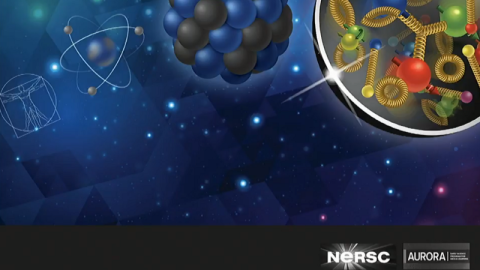
We can go to deeper and deeper levels, finding more fundamental quantities as we do. But is there a truly fundamental quantity?
What is the Universe, at a fundamental level, truly made out of? Is there a smallest possible building block, or set of building blocks, that we can both construct everything in our entire Universe out of and also that can never be divided into something smaller? It’s a question that science can say a lot about, but it doesn’t necessarily give us the final, ultimate answer. It’s also the question that Paul Riggs wants us to look at for this edition of Ask Ethan:
Is there theoretical or experimental evidence which unambiguously establishes the existence of fundamental particles?
There is always room for uncertainty in physics, especially when it comes to speculating what we’ll find in the future. But whether that ambiguity is reasonable or not is up for us to decide.

If you wanted to know what the Universe was made of, how would you approach the problem? Thousands of years ago, imaginative ideation and the application of logic were the best tools we had. We knew about matter, but we had no way of knowing what composed it. It was hypothesized that there were a few fundamental ingredients that could be combined together — in various ways and under different conditions — to create everything that exists today.
We could experimentally demonstrate that matter, whether solid, liquid, or gas, occupied space. We could show that it possessed mass. We could combine it into larger quantities or break it down into smaller ones. It’s only this last idea, however, of breaking the matter we can access down into smaller components, that lead to the idea of what “fundamental” truly might be.
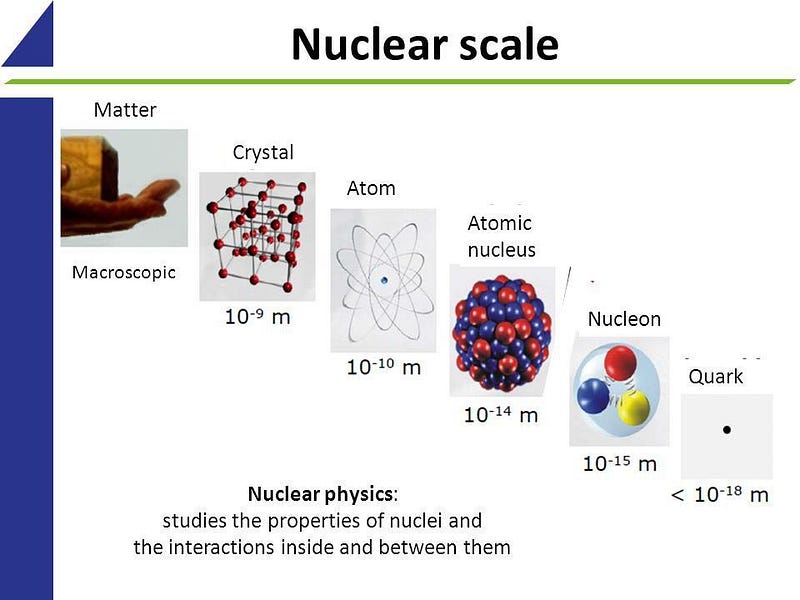
Some thought matter might be made of different elements, such as fire, earth, air, and water. Others, such as the monists, thought that there was just one fundamental component of reality from which all others could be derived and assembled from. Still others, such as the Pythagoreans, opined that there must be a geometric mathematical structure that set out the rules for reality to obey, and the assembly of these structures led to the Universe we perceive today.

The idea that there was a truly fundamental particle, though, goes back to Democritus of Abdera, some 2400 years ago. Although it was merely an idea, Democritus held that all of matter was made of indivisible particles that he referred to as atoms (ἄτομος), meaning “uncuttable,” that combined together amidst a backdrop of otherwise empty space. Although his ideas contained many other irrelevant and bizarre details, the notion of fundamental particles persisted.
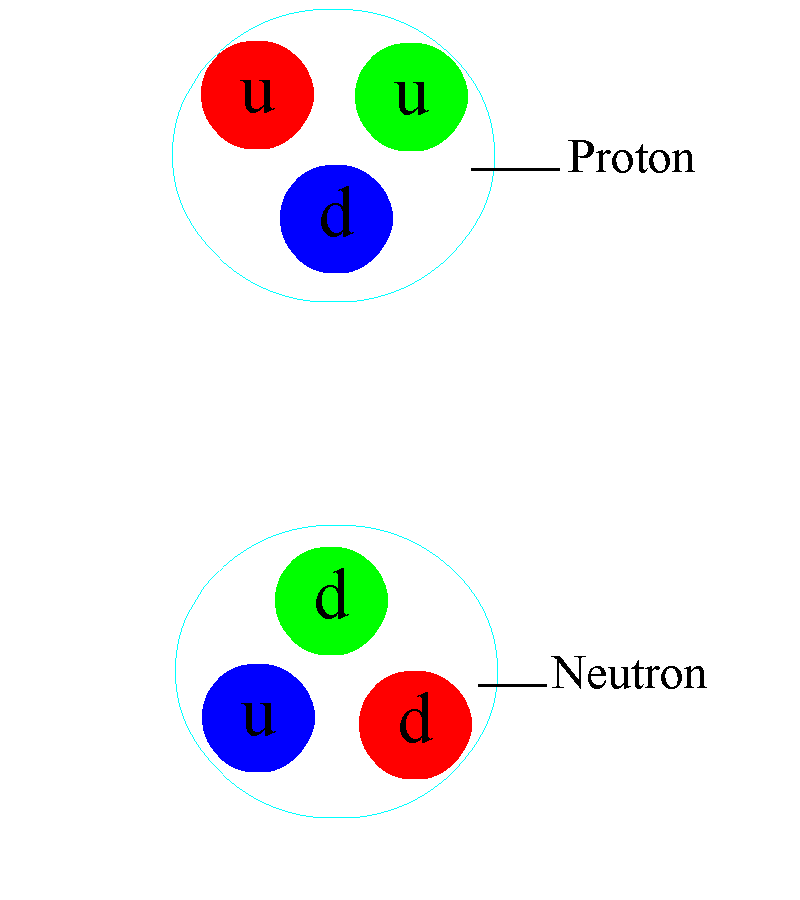
Take whatever piece of matter you want and try cutting it. Try breaking it up into a smaller and smaller component. Every time you succeed, try cutting it again, until you have to go beyond even the idea of cutting to arrive at the next layer. Macroscopic objects become microscopic ones; complex compounds become simple molecules; molecules become atoms; atoms become electrons and atomic nuclei; atomic nuclei become protons and neutrons, which themselves divide into quarks and gluons.
At the smallest level imaginable, we can reduce everything we know of into fundamental, indivisible, particle-like entities: the quarks, leptons, and bosons of the Standard Model.
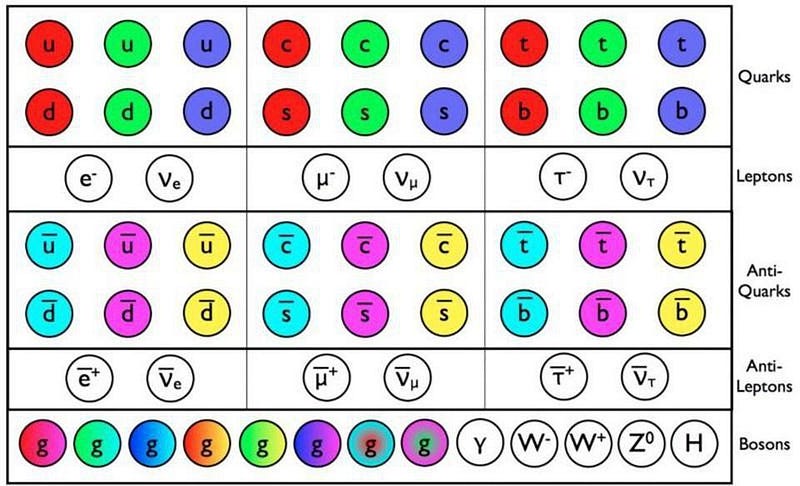
As far as physical sizes go, we have the rules of quantum physics to guide us. Every quantum in the Universe — a structure with a non-zero energy to it — can be described as containing a certain amount of energy. Because everything that exists can be described as both particle-like and wave-like in nature, you can place limits and constraints on a physical size for any such quanta.
While molecules might be good descriptors of reality at the nanometer-level (10^-9 meters) scale, and atoms are good at Angstrom (10^-10 meter) scales, atomic nuclei are even smaller, with individual protons and neutrons getting down to femtometer (10^-15 meter) scales. But for the Standard Model particles, they go even smaller. At the energies we’ve probed, we can safely say that all the known particles are point-like and structure-free down to 10^-19 meter scales.

To the best of our experimental knowledge, these are what we equate to being truly fundamental in nature. The particles and antiparticles and bosons of the Standard Model appear to be fundamental, from both an experimental and theoretical perspective. As we go to higher and higher particle energies, we can probe the structure of reality to even greater levels.
The Large Hadron Collider offers the best constraints to date, but future colliders or extremely sensitive cosmic ray experiments could take us many orders of magnitude farther: to scales of 10^-21 meters for the most energetic terrestrial colliders and potentially all the way down to 10^-26 meters for the most extreme-energy cosmic rays.
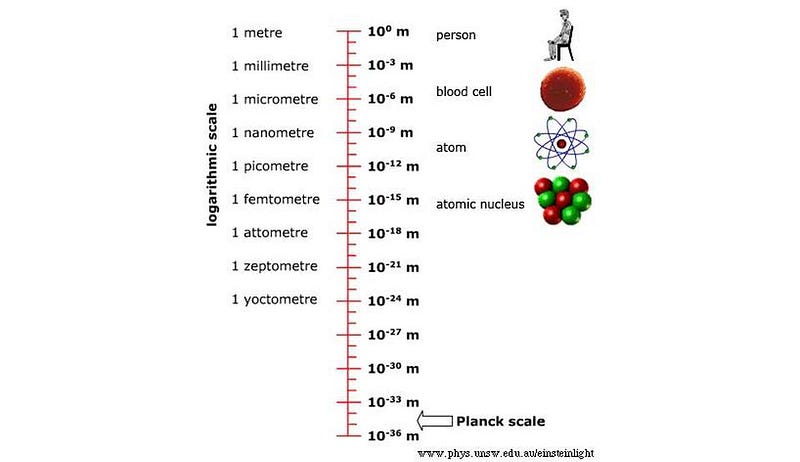
Even at that, though, these ideas only impose limits on what we know and can say. They tell us that if we collide a particle (or antiparticle, or photon) with a certain amount of energy to it with another particle at rest, the particle that gets struck will behave in a fundamentally point-like fashion to within the limits of our experiments, detectors, and attainable energies. These experiments set an empirical limit on how large a presently thought-to-be fundamental particle can be, and are collectively known as deep inelastic scattering experiments.

But does this mean that these particles are truly fundamental? Not at all. They could be:
- further divisible, meaning that they could be broken up into smaller sub-components,
- or they could be resonances of one another, where the heavier “cousins” of the lightest particles are either excited states or composite versions of the lighter ones,
- or these particles could all be not “particles” at all, but rather apparent particles with a deeper, underlying structure.
These ideas abound in scenarios like technicolor (which is constrained since the discovery of the Higgs boson, but not ruled out), but are most prominently represented by String Theory.
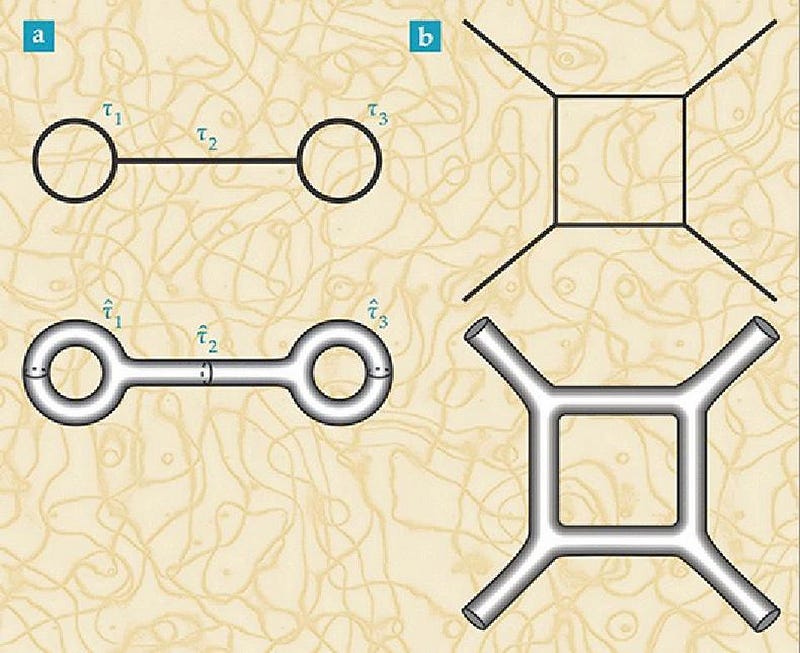
There is no immutable law requiring that everything be made out of particles at all. Particle-based reality is a theoretical idea that is supported by and is consistent with experiments, but our experiments are limited in energy and the kind of information they can tell us about fundamental reality. In a scenario like String Theory, everything that we call a “fundamental particle” today might be nothing more than a string, vibrating or rotating at a certain frequency, with either an open nature (where the two ends are unattached) or a closed nature (where the two ends are attached to one another). Strings can snap, creating two quanta where one existed previously, or combine, creating a single quantum from two pre-existing ones.
At a fundamental level, there is no requirement that the components of our Universe be zero-dimensional, point-like particles.

There are many scenarios where the undiscovered mysteries of our Universe, such as dark matter and dark energy, aren’t made of particles at all, but rather are either some type of fluid or property of space. The nature of space and time themselves is not yet known; they could be fundamentally quantum or non-quantum in nature; they could be discrete (capable of being broken-up into chunks) or continuous.
The particles we know of today, that we assume are fundamental today, could either have a finite, non-zero size in one or more dimensions, or they could be truly point-like, potentially all the way down to the Planck length or even, conceivably, smaller.
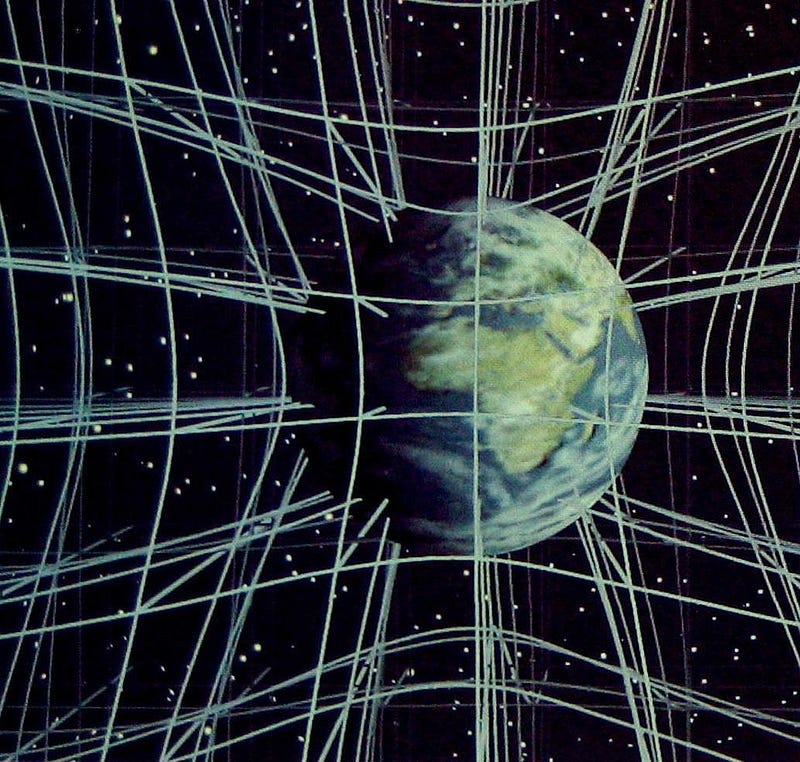
The most important thing you should take away from this question — of whether truly fundamental particles exist or not — is that everything we know in science is only provisional. There is nothing that we know so well or so solidly that it is immutable. All of our scientific knowledge is merely the best approximation of reality that we’ve been able to construct at present. The theories that best describe our Universe might explain all the phenomena we can observe, they might make new, powerful, testable predictions, and they might even be unchallenged by any alternatives we know of at present.
But that does not mean they are correct in any absolute sense. Science is always seeking to collect more data, explore new territory and scenarios, and to revise itself if ever a conflict arises. The particles we know of look fundamental today, but that’s no guarantee that nature will continue to indicate the existence of fundamental particles the deeper we learn to look.
Send in your Ask Ethan questions to startswithabang at gmail dot com!
Ethan Siegel is the author of Beyond the Galaxy and Treknology. You can pre-order his third book, currently in development: the Encyclopaedia Cosmologica.




